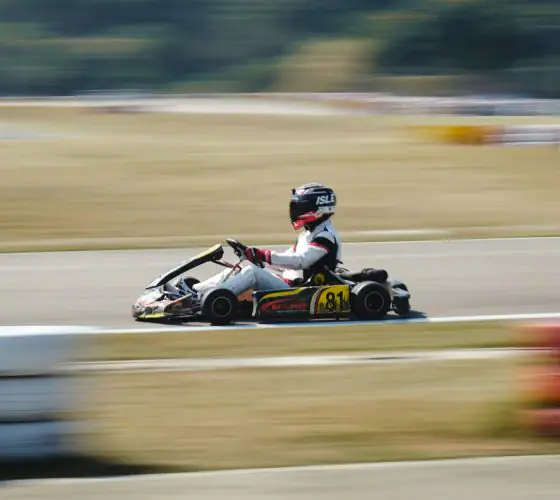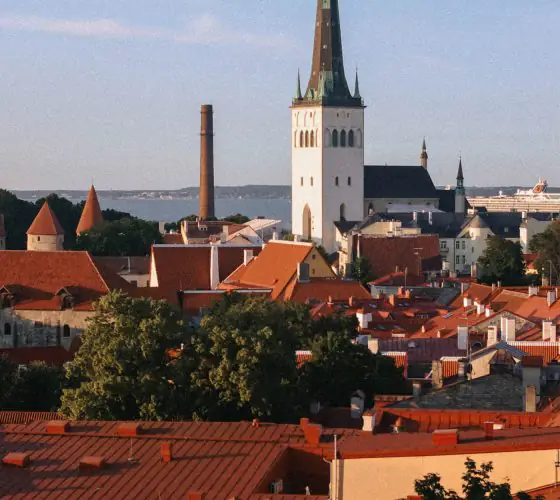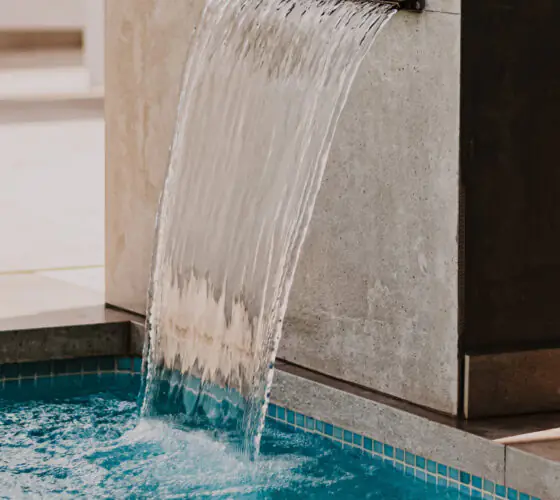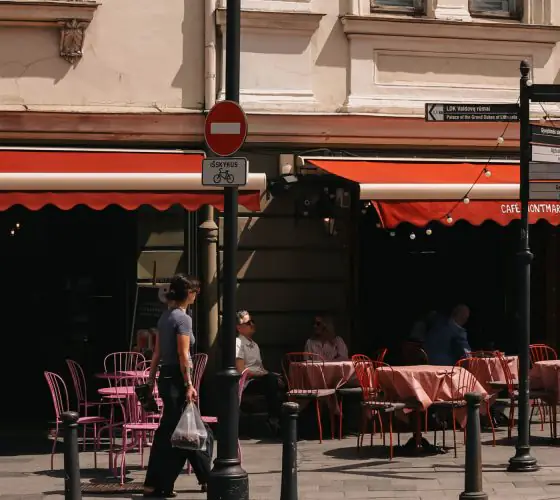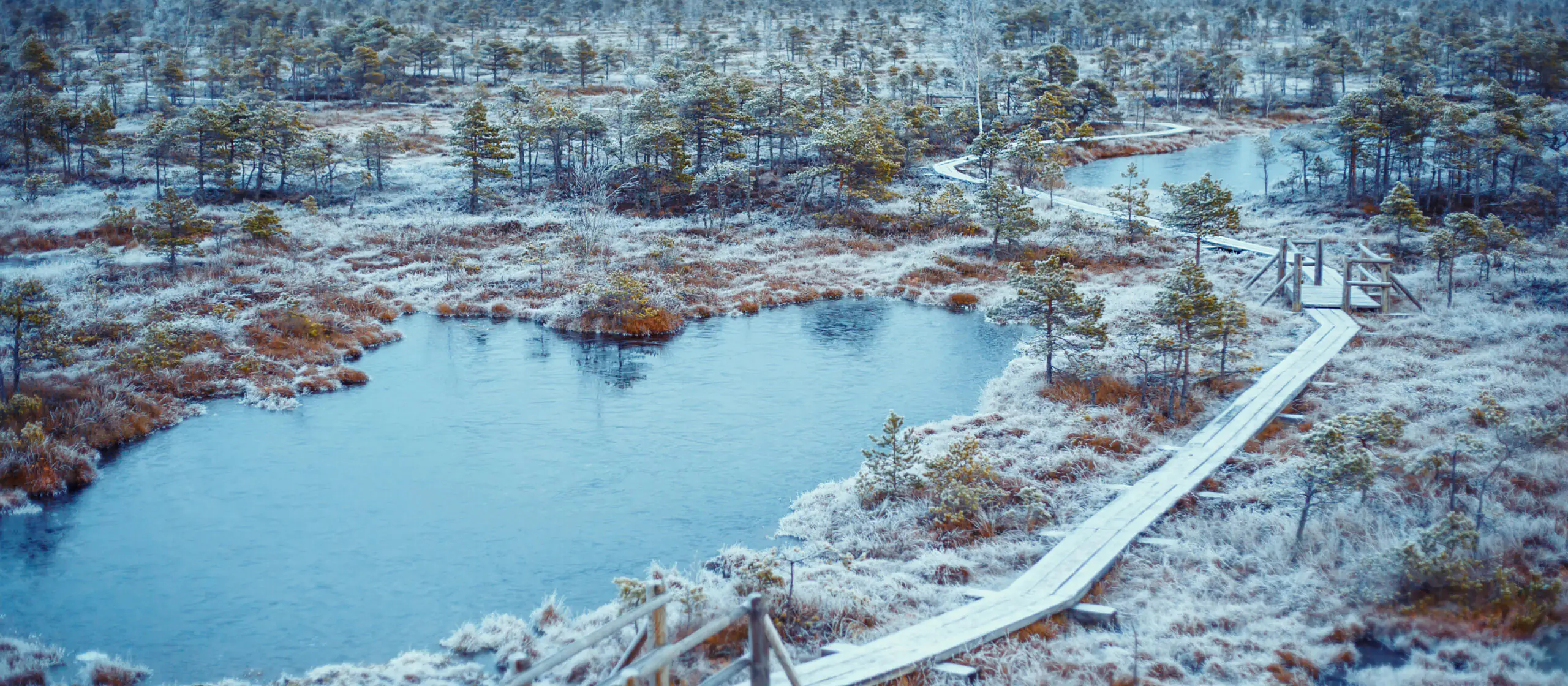
Where to walk along the Gulf of Rīga
Ragakāpa Nature Park (Ragakāpas dabas parks)
Ragakāpa, a specially protected natural area, is only a twenty-minute drive from the center of Rīga. If you want to combine a walk through the pine forest with admiring the sand dunes and the sea without spending a lot of time and effort on the road, this is the route for you. Some of the trees here are up to 300 years old.
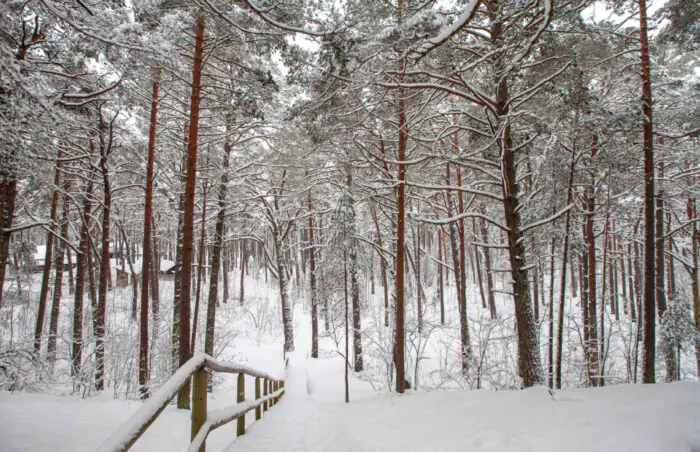
visitjurmala.lv
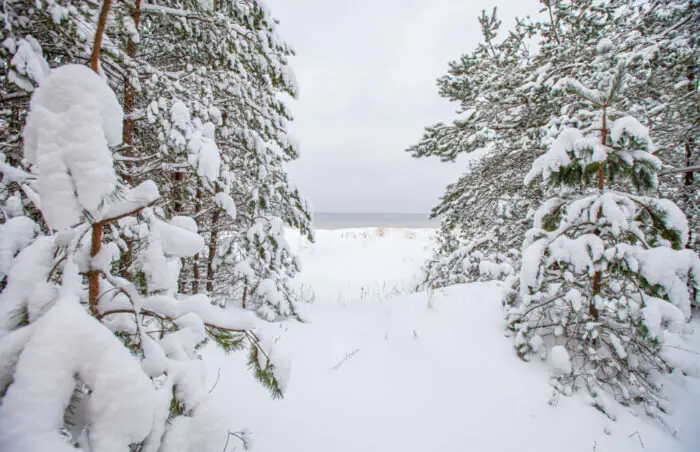
visitjurmala.lv
The terrain here is varied and includes significant elevation differences. The nature trail is equipped with wooden bridges and stairs, but currently some of them are under reconstruction. But don’t worry — it won’t complicate your walk.
Jūrmala Open Air Museum (Jūrmalas Brīvdabas muzejs)
Before the resort boom that started in the middle of the 19th century, Jūrmala consisted of small fishing villages. The long and narrow strip of land between the Gulf of Rīga and the Lielupe River is very well suited for fishing. The Livs, whose life was closely connected with the sea, have settled here since ancient times.
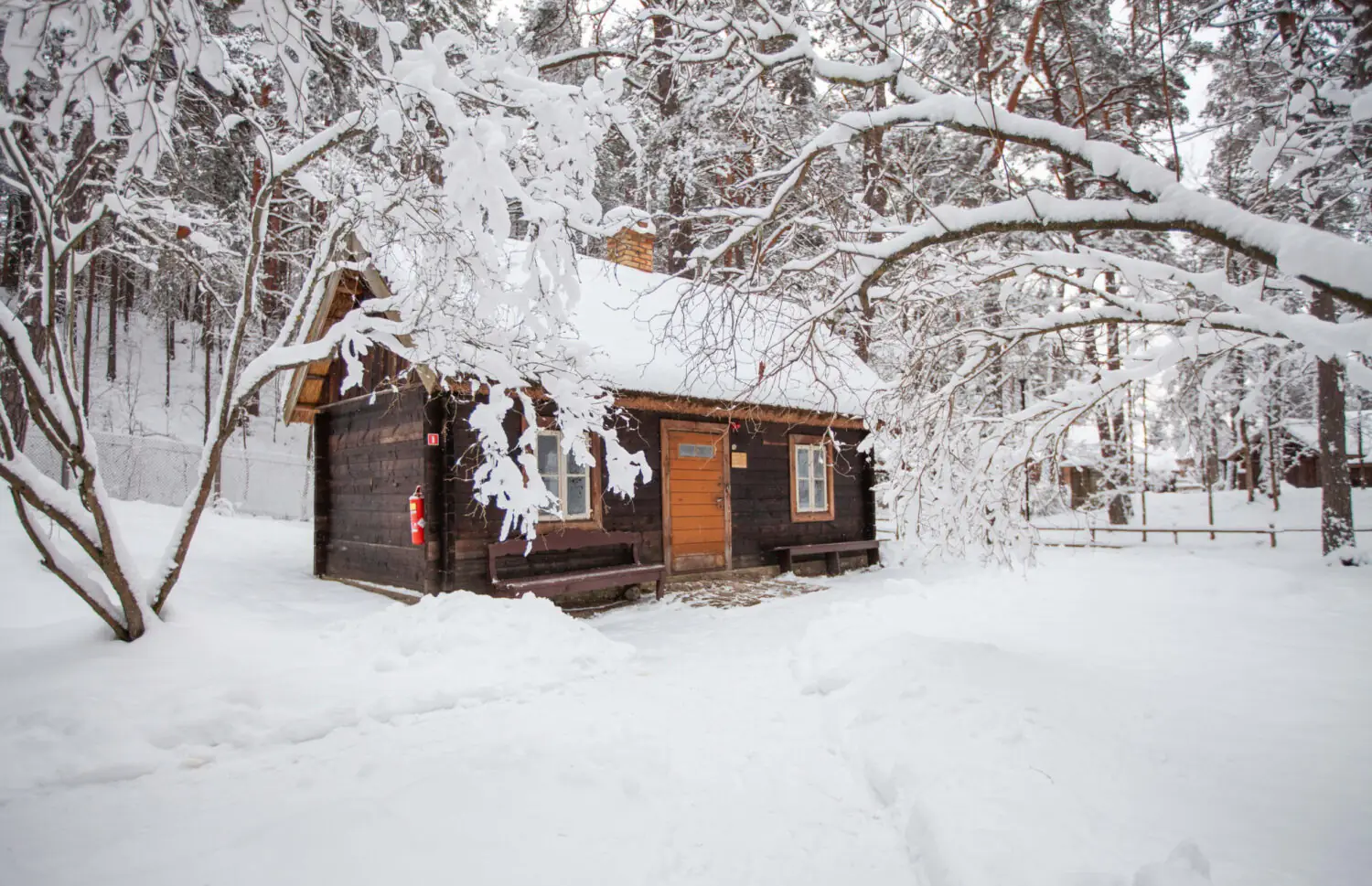
facebook.com/jbmuzejs
In the open-air museum you will learn about the life of Latvian fishermen who settled along the sea coast and along the banks of neighboring rivers. Among the objects on display are wooden dwelling houses, barns, a bathhouse and a smokehouse of the 19th — early 20th century. A special pride of the museum is the collection of fishing boats, anchors and rope making accessories.
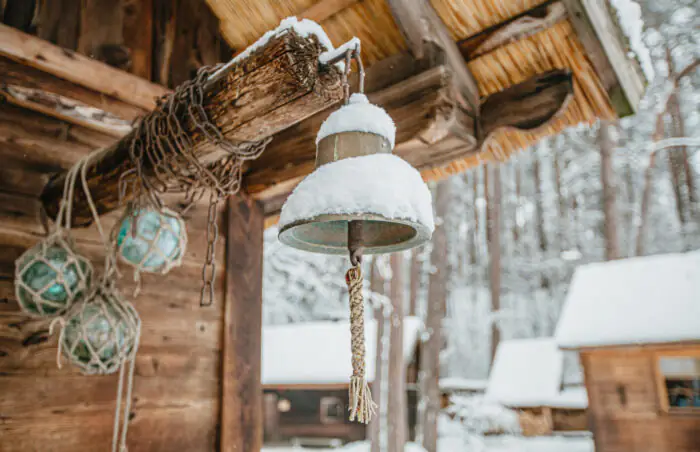
facebook.com/jbmuzejs

facebook.com/jbmuzejs
The items and buildings were transported here from various fishing villages: Kauguri, Ragaciems, Engure. Entrance to the area is free of charge. Check the official Facebook page for current opening hours.
Where to eat
Between the Buļļuciems Lighthouse and Ragakāpa Nature Park, by the shore of the bay, you can relax and have a snack after a walk in the food truck of the famous Jūrmala restaurant 36.Line Grill Restaurant.
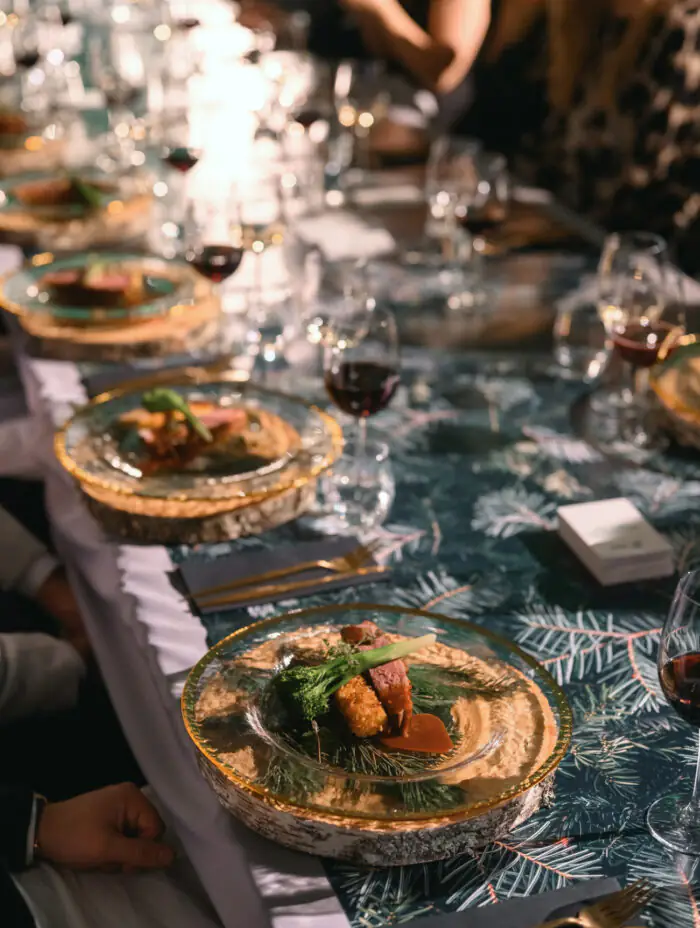
instagram.com/36line_restaurant

instagram.com/36line_restaurant
Here you will try vegetarian pilaf, bouillabaisse soup, Belgian waffles with cream, classic beef burger, fish and many other things. The assortment includes a variety of drinks, including alcoholic ones. From fall through late spring, 36.line Treilera Cafe is open on weekends and holidays only.
Exact opening hours can be found on the website.
The Lielupe River — like the bay, but quieter
White Dune (Baltā kāpa)
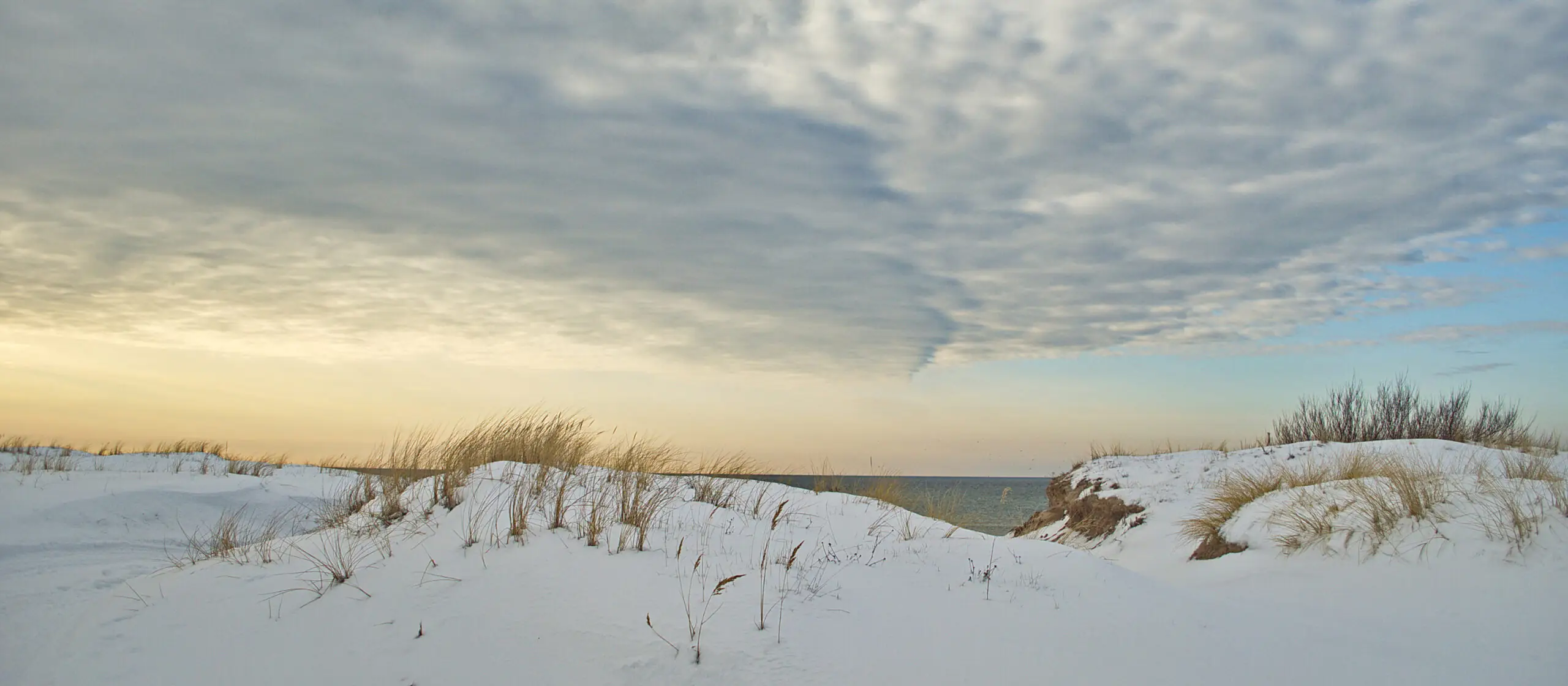
Four and a half kilometers from the Priedaine railway station, near the confluence of the Lielupe River and Buļļupe River, there is a unique natural attraction — the 17-meter-high White Dune. It was formed on the left bank of the Lielupe River in the middle of the 18th century.
To visit it, we advise you to choose a weekday, when there are fewer vacationers. And, of course, it is better to go in clear weather — then the white quartz sand of the dune glows beautifully in the sun. You can get here by car along Vārnukroga ceļš, and then walk through a pine forest.
Sloka Lake. Inner «sea» of Jūrmala
Sloka Lake Trail (Slokas ezera taka)
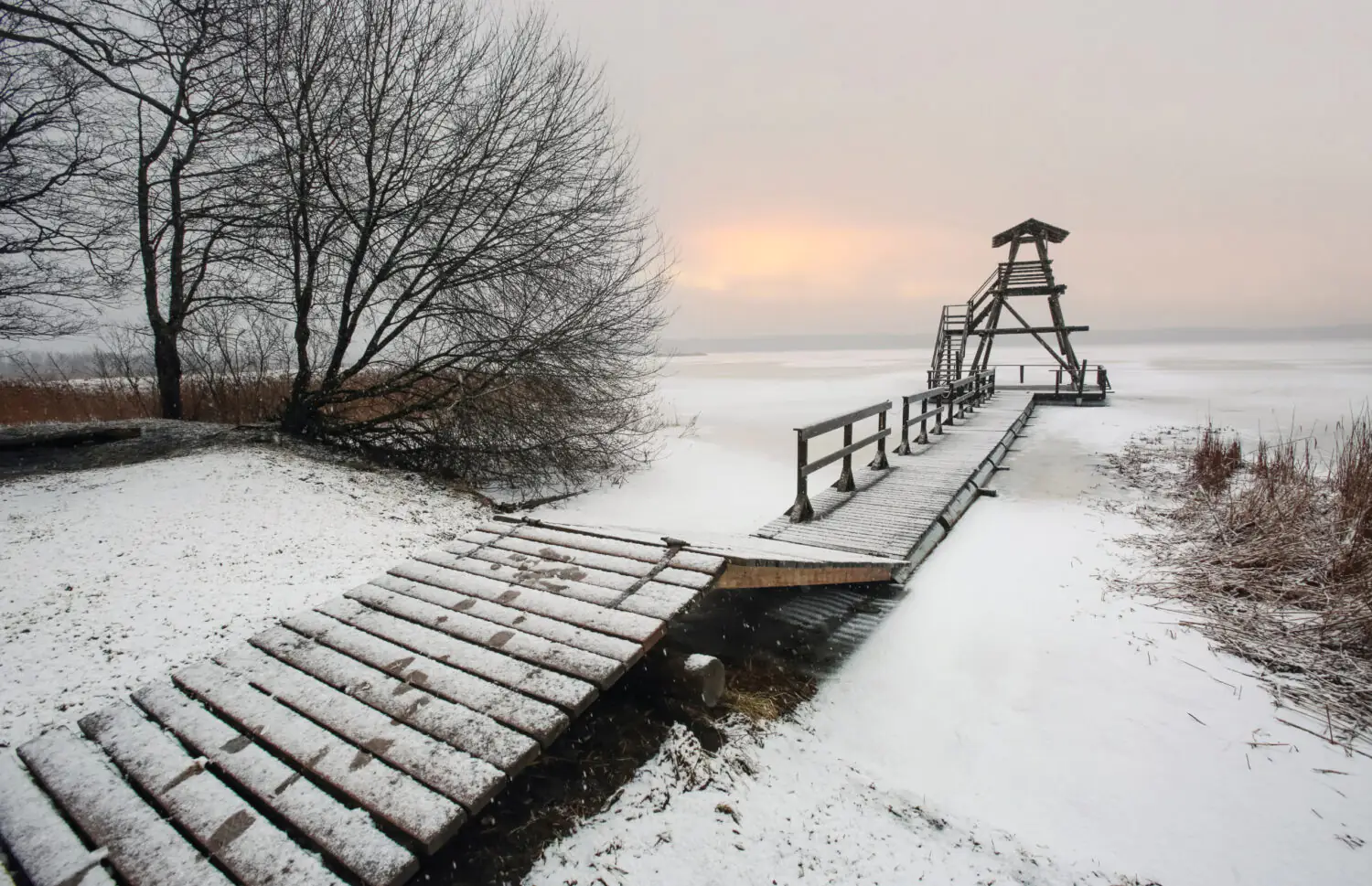
The trail is well suited for walking, the physical activity is of medium level.
The trail can be reached by private or public transportation. For example, you can take the train to Ķemeri station, then walk 4,5 kilometers to the beginning of the trail past the main architectural sights: a water tower with a museum and observation deck, as well as a grand hotel built in 1936. As you approach Sloka Lake you will see a 7-meter observation tower for bird watching.
Be careful: parts of the trail may be flooded in spring and fall. Details about visiting this place can be found on the site’s website.
Green Dune (Zaļā kāpa)
Another natural wonder of Jūrmala is the Green Dune. 4500 years ago this place was the shore of the ancient Littorina Sea. Over several millennia the landscape has changed, and the sand dune has become forested.
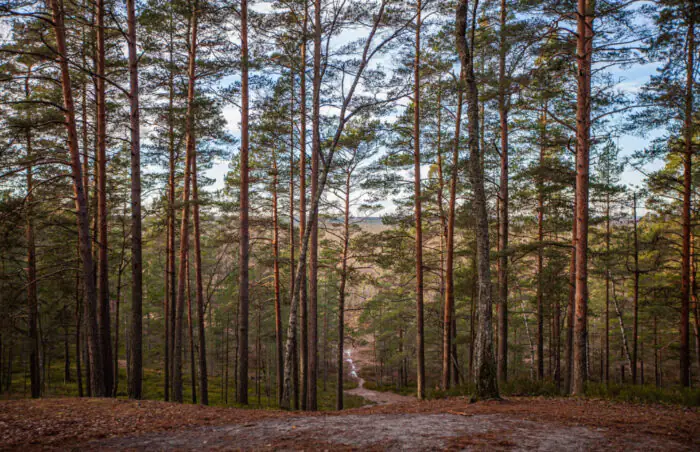
visitjurmala.lv

visitjurmala.lv
To get here, you have to go to the end of Partizānu iela in Ķemeri — this is where the 10-kilometer long trail starts, which will eventually lead you to the sulfur ponds in the Raganu Bog. But to see the Green Dune, you only need to walk 3–3,5 kilometers along forested dirt paths and equipped wooden trails.
Swampy expanses
Great Ķemeri Bog Boardwalk (Lielā Ķemeru tīreļa laipa)
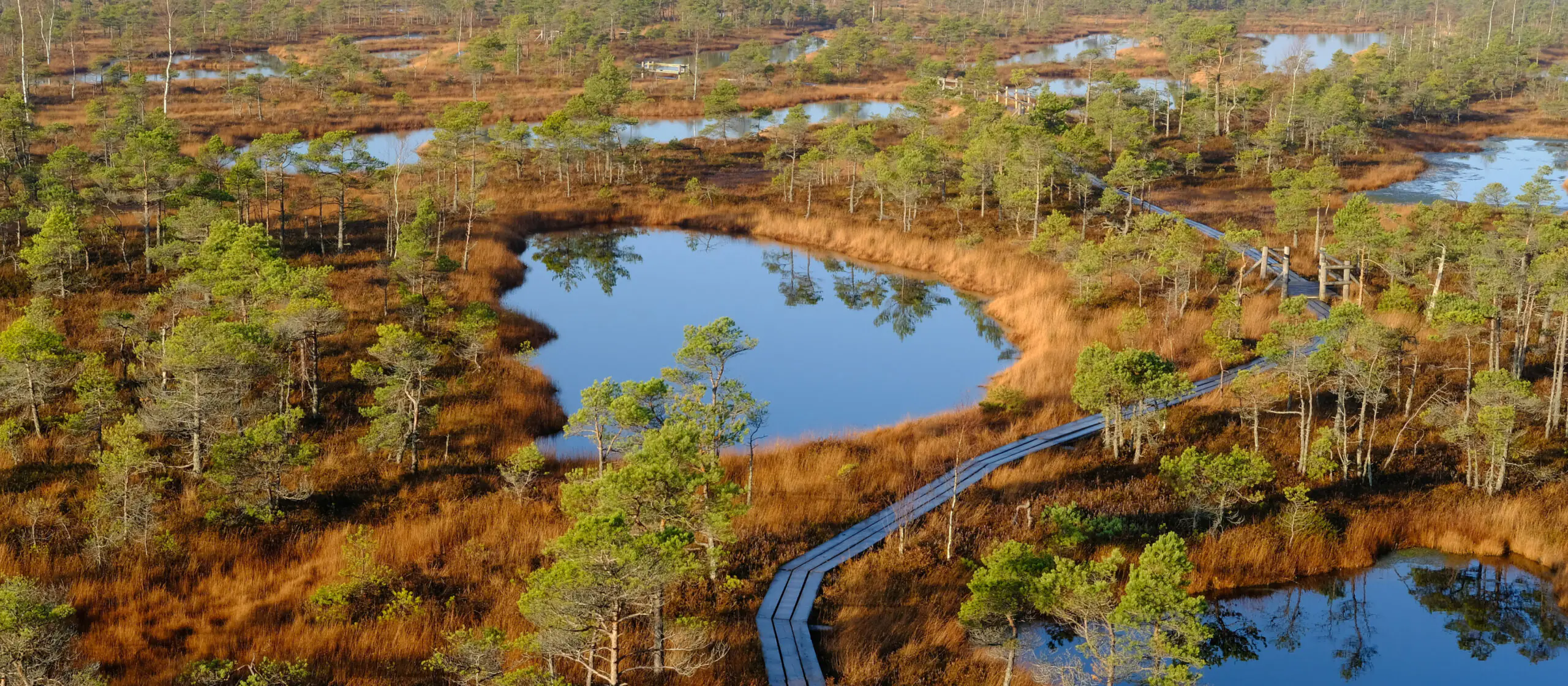
stock.adobe.com
The most famous nature trail not only in Jūrmala, but probably in the whole of Latvia, is the wooden planking across the Great Ķemeru Bog. Here you can comfortably admire mesmerizing ascetic landscapes with low trees and various bog plants. The wooden bridges allow you to reach the most impassable areas.
There are two circular routes in total: 1,5 and 3,7 kilometers. In the middle of the longer route, you can climb a wooden tower for birdwatching. In cold weather, you should be careful walking on the trail — you can easily slip. For more information about visiting this place, see the link.
Ķemeri resort park (Ķemeru kūrorta parks)
This is where many of Jūrmala’s nature trails originate. The park has a large number of equipped forest paths with picturesque bridges over the local river Vēršupīte. If you want to relax in nature, but you are not ready to walk several kilometers through dense forest, you will spend your time comfortably in the Kemeri Resort Park.
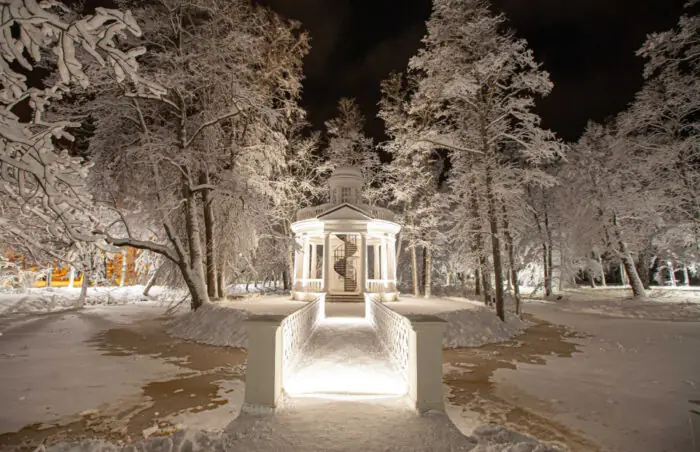
visitjurmala.lv
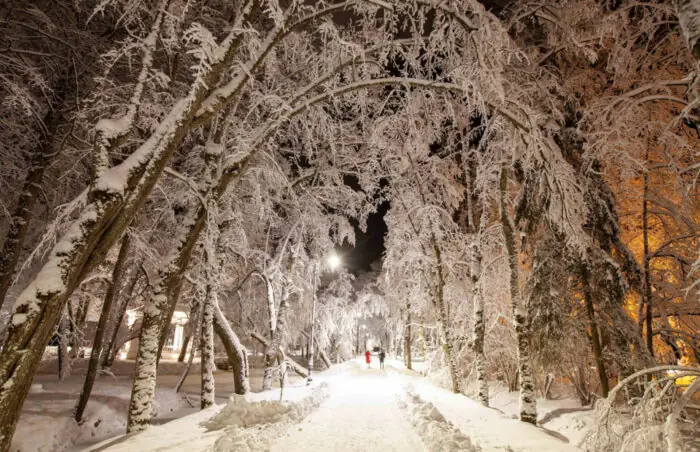
visitjurmala.lv
Where to eat
In Ķemeri you will find Annas Mājas kafejnīca. It is located in the very center of Ķemeri on E.Dārziņa 22. Please note that during the cold season the cafe is open only on weekends. During the winter holidays, you can taste homemade Christmas cookies here.
Boardwalk to sulphur ponds (Sēra dīķu laipa)
This trail in the vicinity of Ķemeri leads to a rare natural phenomenon in Latvia — sulphur ponds formed where underground springs come to the surface.
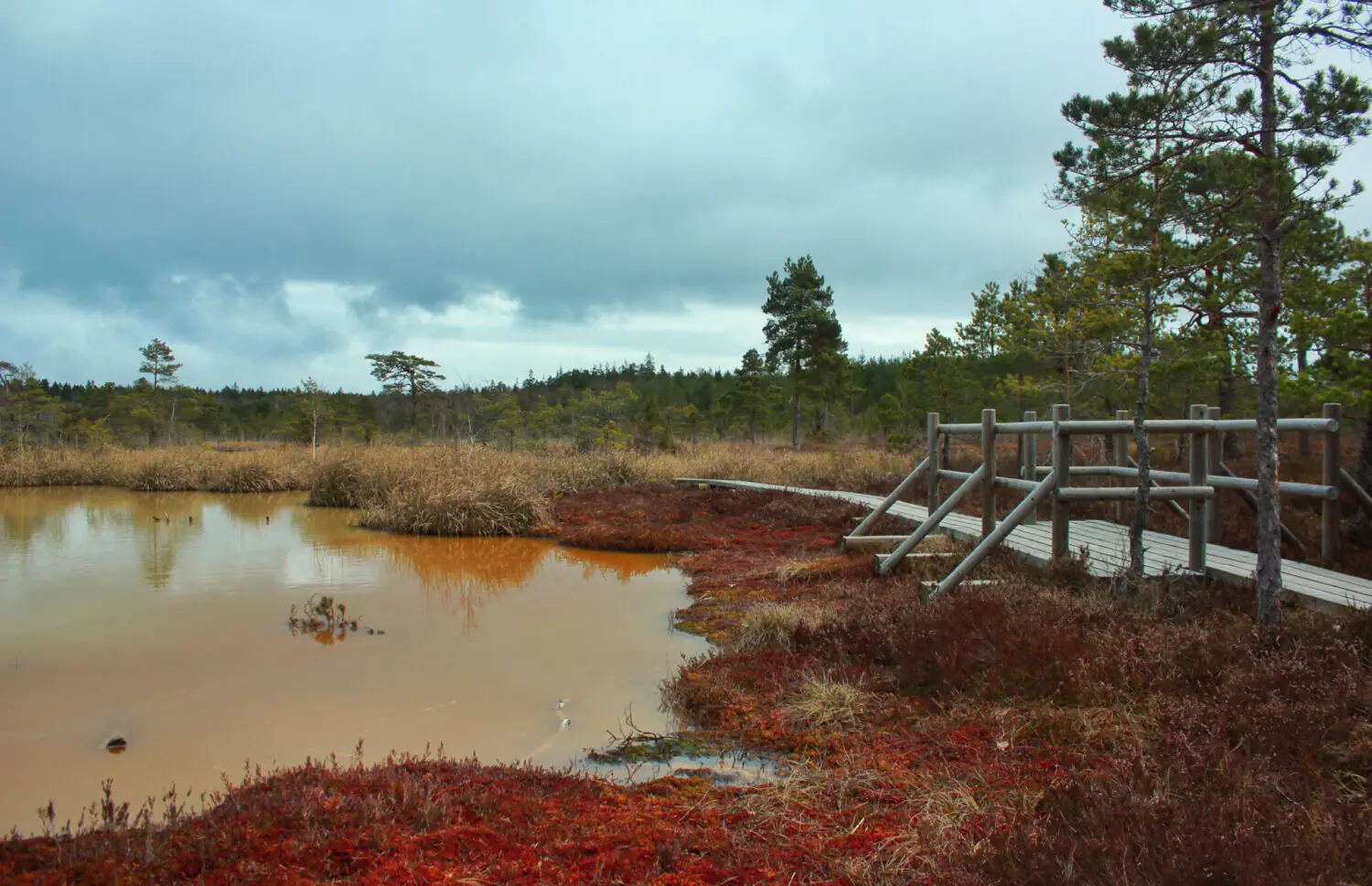
stock.adobe.com
In order to get here, you have to drive or walk two kilometers along the forest dirt road from Ķemeri towards Antiņciems, and then another six hundred meters along an equipped wooden path through the Raganu Bog. There is a small parking lot near the beginning of the trail.
As you approach the site you will smell a not so pleasant odor, reminiscent of rotten eggs, but don’t be embarrassed — this is normal for sulphur springs.



